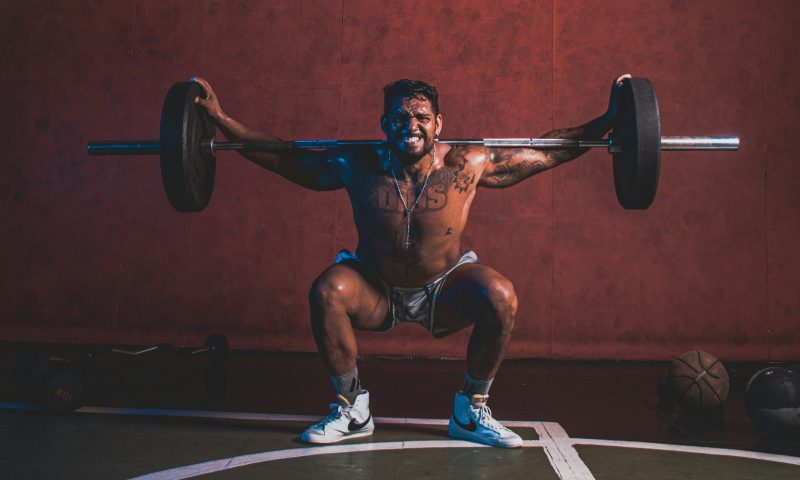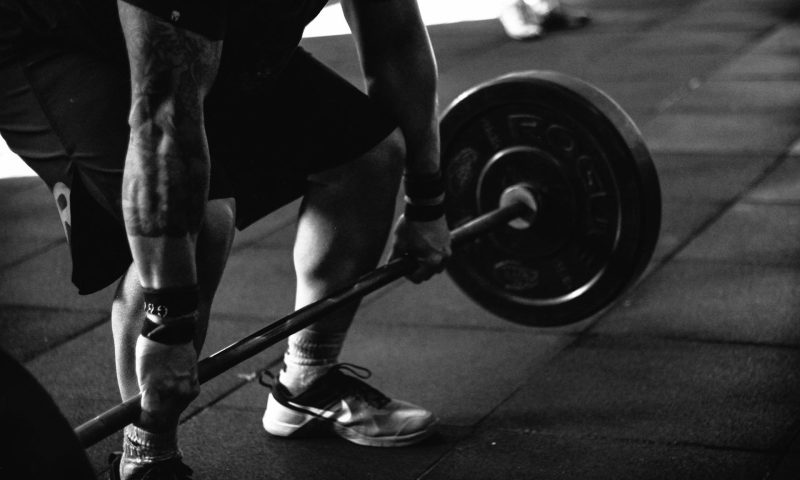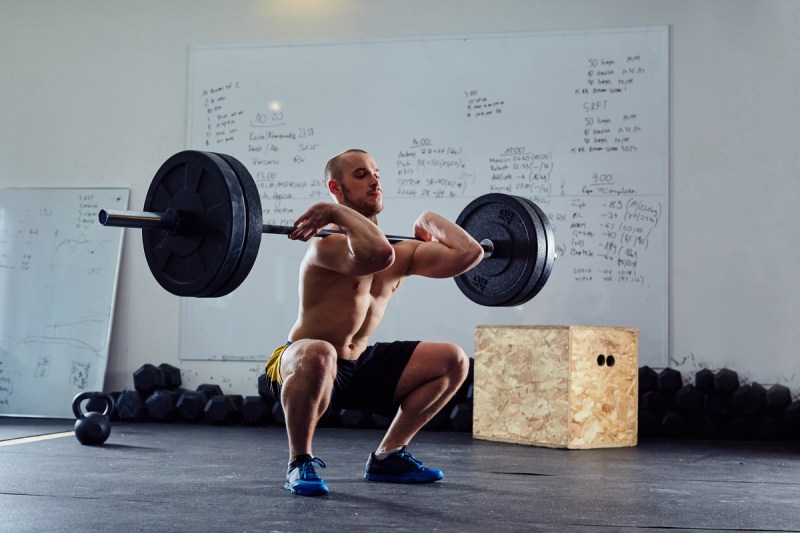Do you need to spend an hour in the gym to see results? Can multiple shorter sessions throughout the week provide the same or similar strength gains as longer routines if you apply the same effort? These are the questions researchers set out to answer and understand in more depth in an interesting study.
I often remind myself that any amount of exercise is better than none, and my body will thank me for dedicating time to working out. When it comes to building strength with resistance training, many people feel that to get closer to your strength goals you have to push yourself through 40 minutes or longer every time you pick up those weights, but this new study spins that questionable notion on its head.
The study: Less time, similar gains?

In a meta-analysis published in the journal Medicine & Science in Sports & Exercise, the goal was to challenge the muscles beyond capacity with a demanding workout and evaluate muscular adaptations between low-, moderate-, and high-volume resistance training protocols.
The study methods

The researchers assigned 34 healthy resistance-trained men to one of three groups:
- The low-volume group performed one set per exercise per training session.
- The moderate-volume group performed three sets per exercise per training session.
- The high-volume group performed five sets per exercise per training session.
Each group completed three weekly sessions on nonconsecutive days for eight weeks in total. The researchers measured muscular strength with one-rep max testing for the squat and the bench press. They measured upper-body muscular endurance using 50% of the participants’ bench press one-rep max performed to momentary failure.
B-mode ultrasonography was the key tool used to assess muscle hypertrophy for the elbow flexors, elbow extensors, mid-thigh, and lateral thigh.
The results

The researchers concluded the following:
- There was no significant difference between the three groups.
- All three groups showed enhanced strength and endurance.
- All groups increased muscle size in most of the measured sites, but there were more significant increases that favored the higher-volume conditions for the elbow flexors, mid-thigh, and lateral thigh.
- Resistance-trained individuals can see notable increases in strength and endurance with just three 13-minute weekly training sessions over an eight-week period. The gains are similar to those achieved with a substantially greater time commitment.
With muscle hypertrophy, or growing the actual size of the muscles, the researchers reported that “muscle hypertrophy follows a dose-response relationship, with increasingly greater gains achieved with higher training volumes.”
The takeaway

While this is just one study, it echoes the results of previous research, showing that to optimize muscle hypertrophy and achieve greater gains in muscle mass, higher training volumes and a higher quantity of sets and reps are the way to go.
The takeaway here is that when it comes to muscular strength and endurance, you don’t need to live at the gym, and just three 13-minute weekly resistance training sessions generate similar results as much longer workout routines, as long as you’re putting in the same effort. In just eight weeks of staying dedicated to your shorter training sessions and giving it that same oomph in a more bite-sized sesh, you could see serious strength and endurance gains, and some increases in muscle size, too. Let’s face it, it’s a lot more manageable for many of us to pencil in 13-minute sessions into our busy weeks.




